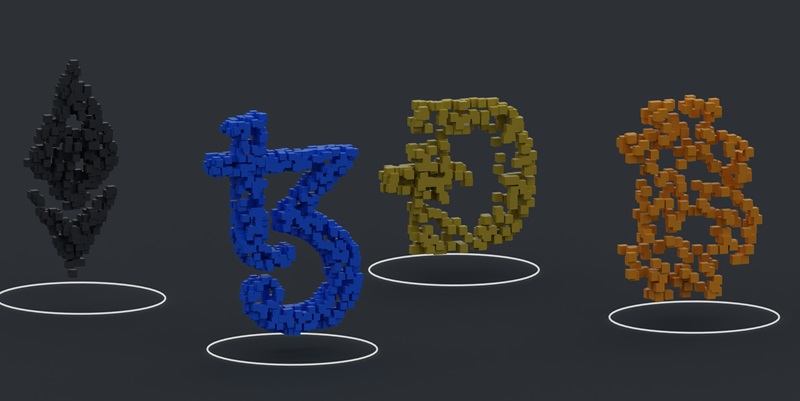The cryptocurrency market has witnessed a substantial injection of liquidity, courtesy of the remarkable surge in stablecoin issuance. This influx, predominantly through the dramatic increases in Tether (USDT) and USD Coin (USDC), has presented an intriguing dimension to the existing market dynamics. A closer analysis of the $2.79 billion rise in USDT and the $1.76 billion uptick in USDC issuance indicates more than just a casual relationship with market liquidity. With these stablecoins often serving as a bridge between fiat and cryptocurrencies, their increased availability aligns with heightened market activity, facilitating larger volumes of trades and providing investors with more resources to hedge against volatility or capitalize on quick market movements.
While on one hand, the growing supply of stablecoins indicates a prosperous marketplace, on the other, it reflects an exigent need to accommodate expanding trading volumes. The anticipated rise in stablecoin activity on centralized exchanges has not come to fruition, consequently leading to increased lending rates for USDT. This presents an ostensible supply-demand disequilibrium, shedding light on the mismatch between the availability of USDT and the market’s leverage demands. In the short term, this scenario urges caution; however, it also suggests that there could be significant untapped potential for market growth as the stablecoin supply aligns with leverage requirements.
Market Sentiment and Policy Anticipation
The surge in stablecoin issuance echoes the market’s “extreme greed,” as per the Fear and Greed Index. Investors are eagerly positioning for market swings, with stablecoins offering stability amidst volatility. These assets are crucial for smooth entry and exit in the crypto space, bolstering confidence even amid uncertainty.
Noteworthy developments, such as Circle halting USDC issuance on TRON, highlight the evolving landscape that stablecoins navigate to stay relevant and compliant. Moreover, outcomes from the FOMC meeting have investors on edge, poised to influence broader economic policies.
Stablecoins are thus both adaptive to market conditions and predictive of investor sentiment. Advances in AI and token offerings by prominent projects demonstrate a sector that’s not only growing but also innovating. Despite the close watch on policy and regulation, the stablecoin market is showing readiness for forward momentum.

